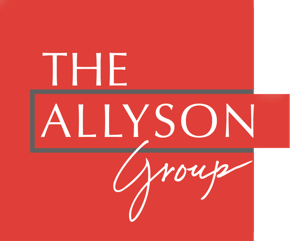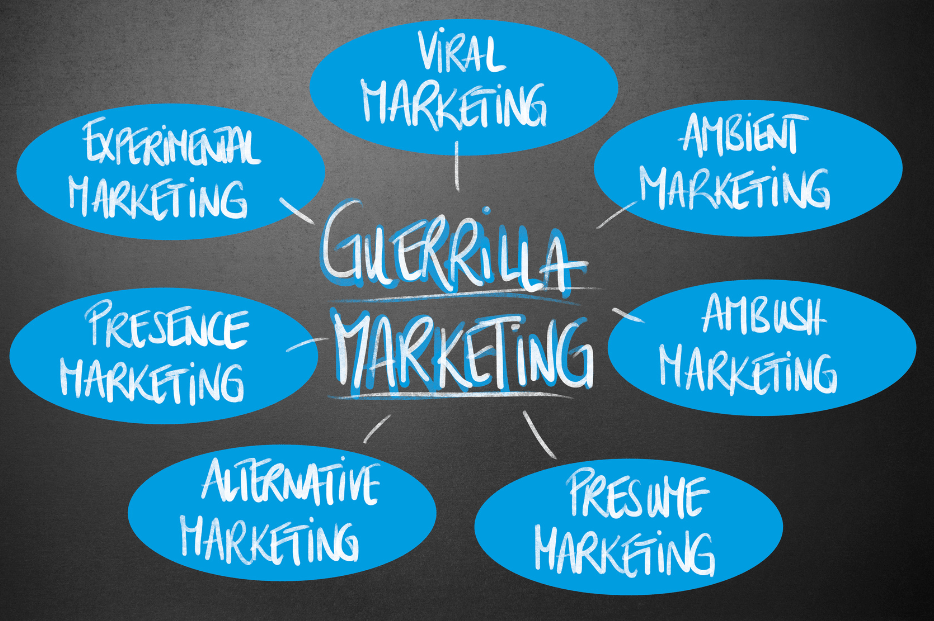When Jay Conrad Levinson introduced the concept of guerrilla marketing in 1984, he envisioned a bold, unconventional approach that allowed small businesses to compete with larger competitors without massive advertising budgets. By 1987, the term had fully taken root, becoming a guiding principle for scrappy entrepreneurs looking to make a big impact with minimal resources.
The Guerrilla Marketing of 1987: Low-Cost, High-Impact Disruption
In its earliest form, guerrilla marketing relied on physical, often localized tactics that caught consumers off guard in a memorable way. It was about making noise without paying for prime-time TV slots or full-page newspaper ads.
Marketers would stage unexpected street performances, use graffiti-style advertising, distribute eye-catching flyers, or craft publicity stunts that garnered media attention. A prime example? The iconic “Toys ‘R’ Us Kid” jingle and creative in-store experiences kept shoppers engaged without the need for massive traditional ad campaigns.
This era of guerrilla marketing thrived on word-of-mouth. If a campaign was clever or provocative enough, people would talk about it, generating organic reach. And in a world without social media, the power of in-person buzz was everything.
Guerrilla Marketing in the Age of the Internet
By the early 2000s, the internet began reshaping guerrilla marketing. Suddenly, viral videos, social media challenges, and hashtag campaigns allowed businesses to instantly reach a global audience. Guerrilla marketing as a concept grew stronger as the playing field expanded beyond physical spaces into the digital realm.
Companies increasingly leveraged digital storytelling, interactive campaigns, and guerrilla-style content creation that blurred the lines between marketing and entertainment. The ALS Ice Bucket Challenge is an early, and often-cited example. What started as a grassroots campaign became a global phenomenon, demonstrating how social media amplified guerrilla marketing strategies in ways Levinson couldn’t have imagined.
This period also introduced user-generated content as a guerrilla marketing tool. Encouraging customers to create content, share brand-related experiences, or participate in viral trends became a way to extend marketing reach at virtually no cost. The biggest shift? Guerrilla tactics were no longer bound by geography—an idea could spread worldwide overnight.
AI and the New Face of Guerrilla Marketing
Now, artificial intelligence is pushing guerrilla marketing into new territory. AI-driven personalization, deepfake technology, and generative content tools enable marketers to craft campaigns that feel highly organic and interactive.
Brands are using AI to create hyper-personalized experiences, from chatbot-driven engagement stunts to AI-generated art installations that intrigue and captivate audiences. Some campaigns even use AI to mimic viral human behavior, making automated content appear as though it’s part of a spontaneous cultural moment.
At the same time, guerrilla marketing’s digital evolution has sparked ethical debates. AI-generated deepfake videos are initially interesting, but then are kind of disturbing when you think deeper about it. You feel scammed. In an era of misinformation, where does guerrilla marketing cross the line from clever disruption to deception? We don’t know the answer.
But as content creators, we at The Allyson Group are committed to practicing marketing as more service than sales; and we’re hoping that’s enough to keep us rooted in a space of creativity that ethically serves our clients.
The Future of Guerrilla Marketing: Balancing Creativity and Ethics
As guerrilla marketing continues to evolve, communicators must figure out how to make sure they are cultivating and preserving human connection, even across great distance. The principles that made guerrilla marketing effective in 1987—surprise, engagement, and resourcefulness—remain just as relevant. However, today’s marketers must consider how AI, data privacy, and digital saturation shape consumer perception.
The future likely holds a mix of physical and digital guerrilla tactics. Brands that can seamlessly integrate AI-driven content with real-world experiences will stand out. Whether through AR pop-up events, AI-assisted storytelling, or interactive, crowdsourced campaigns, guerrilla marketing will continue to thrive—so long as it remains authentic and audience-centric.
In the end, guerrilla marketing has always been about making the most of what’s available. In 1987, that meant using the streets, the media, and word-of-mouth. Today, it means using the digital landscape, social platforms, and AI-powered tools. But one thing hasn’t changed: the best guerrilla campaigns are the ones that make people stop, think, and share.














